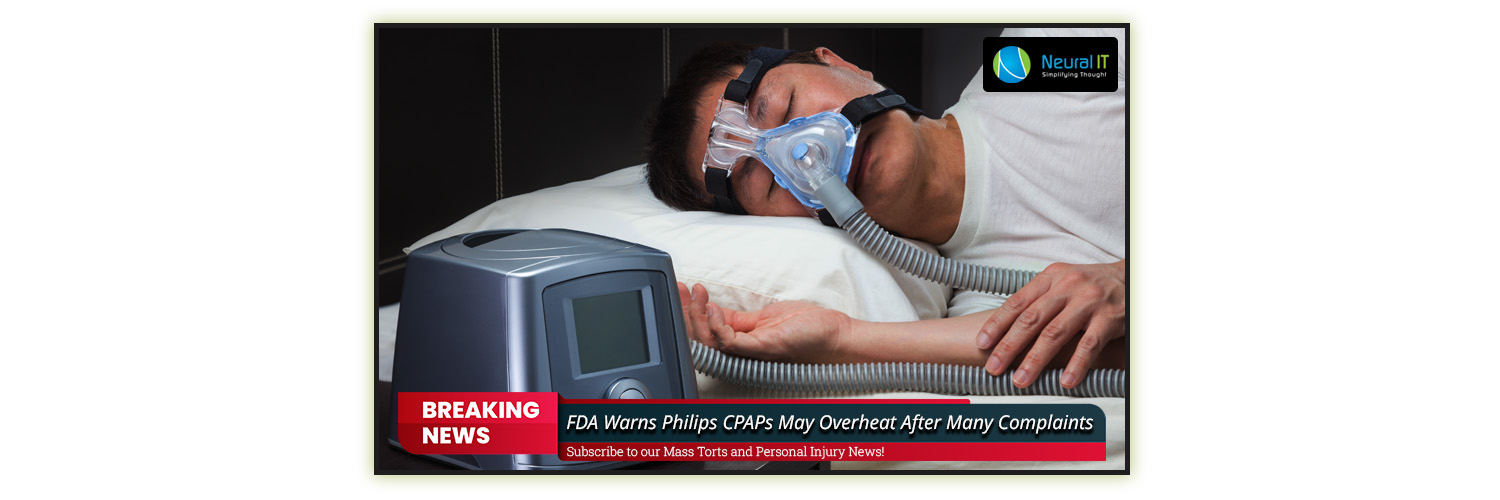Supreme Court Reviews Purdue's $6B Opioid Settlement

The Supreme Court grappled with the complex bankruptcy reorganization of Purdue Pharma, the opioid manufacturer, which includes a provision shielding the Sackler family from future liability.
Justices expressed doubt about the bankruptcy court's authority to release the Sacklers from potential legal claims but hesitated to disrupt the multibillion-dollar deal offering immediate relief to opioid victims. The case, involving the nationwide harm from the opioid crisis linked to Purdue's actions, is no ordinary bankruptcy proceeding.
Protesters outside the court rallied against the Sacklers, chanting "Sackler money, blood money." The proposed deal involves the Sacklers paying around $6 billion in exchange for immunity from future lawsuits, part of a more extensive settlement addressing opioid-related claims. Purdue, which profited significantly from OxyContin, faced increased scrutiny for its aggressive marketing tactics amid the opioid epidemic.
The Biden administration opposes additional claims release, citing potential unfairness to future plaintiffs. Some justices raised constitutional concerns, emphasizing the violation of rights for non-consenting plaintiffs. However, bankruptcy courts' historical approval of such plans was noted. Plaintiffs supporting Purdue include municipalities and 60,000 affected individuals, emphasizing the urgent need for life-saving funds. Canadian municipalities and Indigenous First Nations object to the settlement.
The Sackler family, who reaped billions from Purdue, still supports the settlement, warning of significant litigation risks if the deal is annulled. The court's decision holds implications for addressing the opioid crisis's aftermath and the accountability of those involved in Purdue's actions.
FDA Warns Philips CPAPs May Overheat After Many Complaints

In 2021, Philips issued a recall for millions of CPAP and BiPAP machines, citing a risk associated with toxic sound abatement foam breakdown, potentially causing cancer, respiratory issues, and other health problems.
Now, officials are cautioning about potential overheating and fire hazards with the replacement machines, Philips DreamStation 2. The U.S. Food and Drug Administration (FDA) released a Safety Communication, noting around 300 medical device reports (MDRs) related to overheating issues with DreamStation 2 CPAP machines, resulting in fires, smoke, and user burns.
Over the past four months, there has been a notable surge in reported DreamStation 2 devices overheating and causing burn injuries, prompting an investigation into the root cause of the problem with the manufacturer.
Introduced alongside a massive CPAP machine recall in mid-2021, the DreamStation 2 featured a defective polyester-based polyurethane (PE-PUR) foam intended to reduce noise during use. However, the recalled machines using PE-PUR foam were found to release harmful particles and chemicals into the air pathways, posing serious health risks.
Despite the ongoing FDA monitoring of over 105,000 medical device reports related to Philips CPAP, BiPAP, and ventilator devices subjected to the 2021 recall—many linked to PE-PUR foam side effects—the agency is now alerting the public to new overheating concerns with the DreamStation 2.
As of August 1, 2023, the FDA was aware of 30 MDRs involving DreamStation 2 thermal issues. However, a subsequent spike of 270 additional thermal events between August 1 and November 15, 2023, has raised concerns about potential electrical or mechanical malfunctions.
The DreamStation 2 machines use silicone-based foam, distinct from the problematic PE-PUR foam, and were not part of the June 2021 recall. However, some were distributed as replacements for users affected by the recall, prompting the FDA to issue a warning.
While officials believe the silicone-based foam is not the cause of the overheating, an ongoing investigation advises users to carefully monitor their devices for signs of overheating.
Philips faces mounting lawsuits, alleging the company delayed warnings and recalls related to the toxic foam until after developing and selling the DreamStation 2. An FDA investigation revealed Philips withheld over 220,000 consumer complaints, indicating a recurrent issue with the sound abatement foam before the recall.
FDA to Assess Potent Opioid Overdose Rescue Med

The New Drug Application (NDA) for OX124, designed to address opioid overdose, has been acknowledged by the Food and Drug Administration (FDA) for evaluation.
OX124 is an intranasal medication featuring a substantial dose of naloxone, an opioid antagonist recognized for reversing opioid-induced effects like respiratory depression, sedation, and hypotension. Utilizing Orexo's exclusive technology, OX124 aims to counteract overdoses from potent synthetic opioids, such as fentanyl.
The NDA submission encompasses data from a clinical study indicating that OX124, when administered to healthy volunteers, results in notably quicker and higher naloxone absorption compared to intramuscular injection of another naloxone product.
The President and CEO of Orexo expressed optimism, stating, "With its elevated naloxone dosage and unique formulation, OX124 holds the potential to mitigate the rise in fatal overdoses linked to the widespread misuse of synthetic opioids." Anticipating approval, the company plans to commence commercial activities in the second half of 2024, focusing on reimbursement before a broader rollout to retail pharmacies in early 2025.
A Prescription User Fee Act date of July 15, 2024, has been established for the application, although the company acknowledges the possibility of regulatory decision delays.
Earlier, the settlement between OxyContin manufacturer Purdue Pharma and numerous opioid crisis-related lawsuits, offering up to $6 billion to combat the epidemic, faced scrutiny. The deal, releasing Purdue from control and shielding the Sackler family from civil lawsuits, was contested as the Supreme Court assessed its compliance with federal law. The moral dilemma emerged as victims, despite potential compensation, question the exoneration of the wealthy Sacklers who could retain OxyContin profits.
The 1996 aggressive marketing of OxyContin by Purdue Pharma is linked to the opioid epidemic, with the settlement allocating funds for opioid abatement and victim compensation. While some victims initially supported the deal, concerns arise about closure, emphasizing that money may not address the profound impact of the crisis. Lawyers acknowledge the settlement as significant but recognized its limitations in fully compensating for OxyContin's harm.
